Adobe has a plan for AI art and copyrights, but can it work?
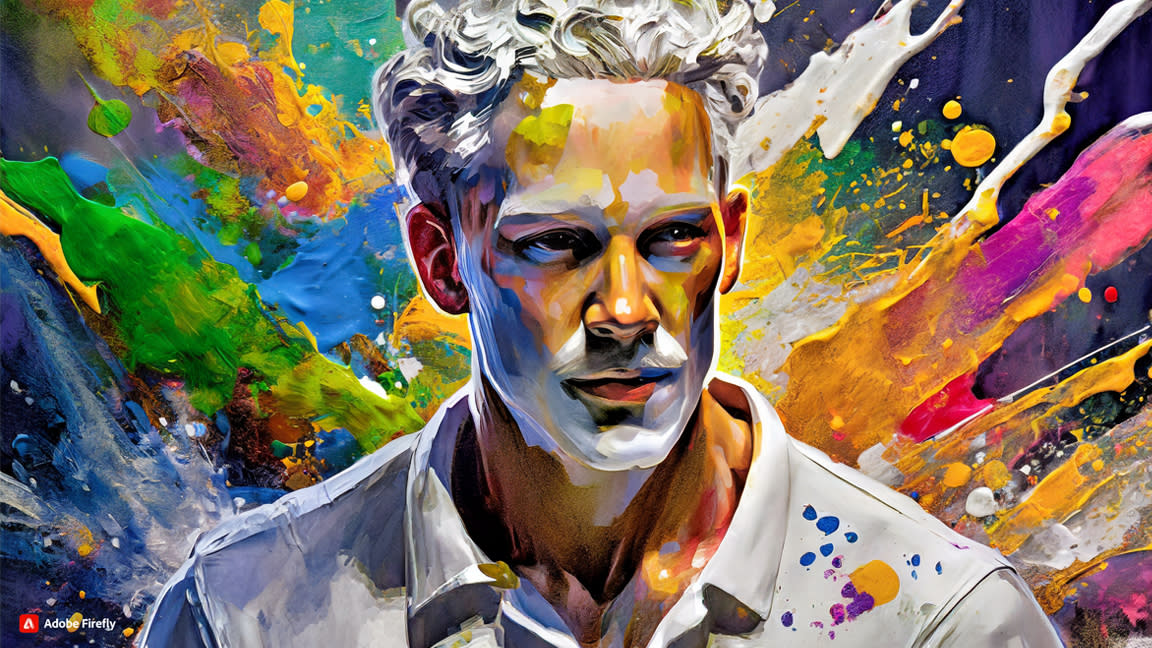
The floodgates have opened on AI art and generative AI and Adobe is clear it doesn't want to miss the boat on this technology. Adobe is a brand that has always been at the forefront of innovation, constantly pushing boundaries to empower artists, designers, and content creators. Can it balance that need to support and supply artists with new tools and opt into generative AI?
Adobe recognises the transformative power of AI and its potential to revolutionise the way we create, edit and share digital content. From the outset Adobe's approach to AI in its software has focused on copyrights and authorship. Adobe recently announced an upgrade to its AI platform Firefly, and continues to stress this works ethically.
It's not been easy though, and Adobe has had some issues protecting its users from AI art and copyright infringement, and recently Adobe staff also had concerned about AI. So what's the truth? Can Adobe really protect artists and continue to add AI tools to its most popular software? Rufus Deuchler, a Senior Evangelist at Adobe beliefs so.
Copyrights and AI-generated art
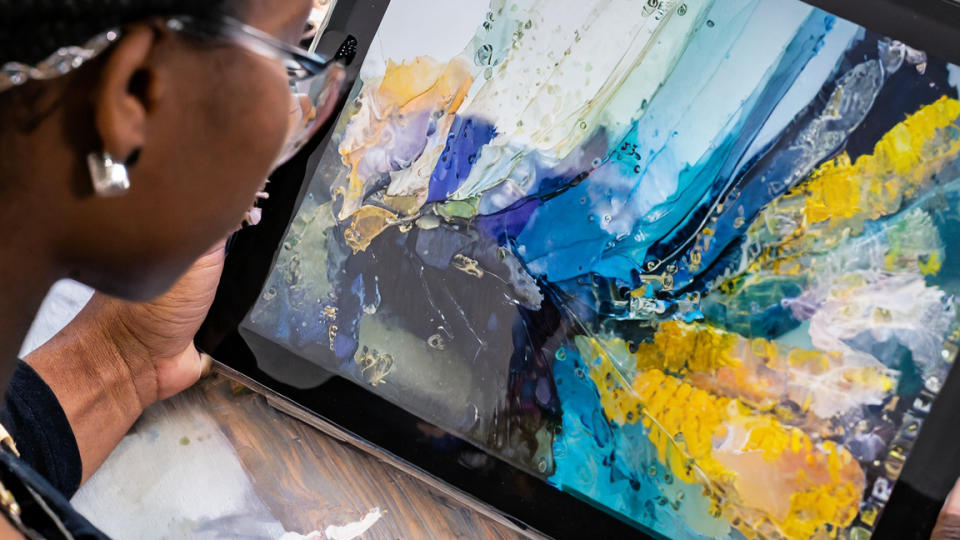
As AI becomes more integrated into creative workflows, concerns about copyrights and ownership of AI-generated content naturally arise. Deuchler clarifies Adobe's stance on this matter, when I ask how can anyone be confident in owning the work they make?
"Well yes, there are different layers to that question," he says. "So if you are a stock contributor you adhere to certain rules, right so the first rule is if your content is AI created you must declare it."
Adobe places the responsibility on contributors to disclose AI-generated content, ensuring that transparency extends to the stock image marketplace. But the system isn't without fault and artists have complained of AI 'copyright infringement' on Adobe Stock after people began adding AI art to the library generated using rival tools like Midjourney and Stable Diffusion.
But Deuchler emphasises Adobe's zero-tolerance policy regarding content that infringes upon copyrights or impersonates existing works. He explains, "Our system finds a lot of those things if we don't find them and we hear about them then we can take immediate action and clear that problem." Adobe actively monitors and addresses any infringements, protecting the rights of content creators and artists.
Firefly: The creative co-pilot
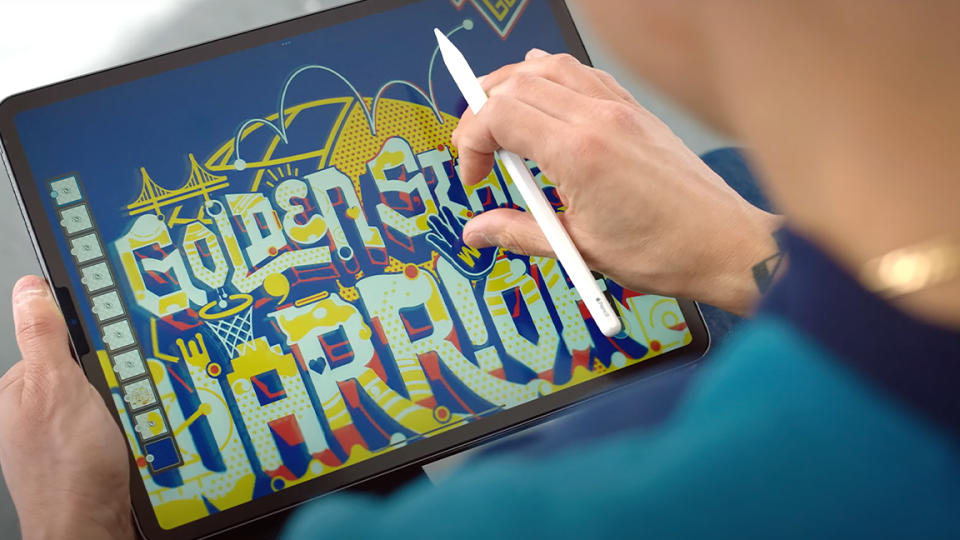
One of Adobe's most exciting AI innovations is Firefly, a technology designed to assist creators in generating and editing content. Deuchler describes Firefly as a "creative co-pilot," highlighting its ability to accelerate creative processes and enhance the overall creative experience.
"It's something that allows me to do things which would have taken me a lot more time before that," Deuchler explains, underscoring Firefly's role as a productivity booster and not a set of tools designed to replace artists.
Firefly's integration into Adobe's most popular software, including Photoshop and Illustrator, is seen as a major step for content creators. We've recently seen Adobe's new AI tools in Illustrator and they are impressive. Deuchler likens it to historical moments in Adobe's evolution, saying, "I think generative fill and generative expand of images is one of those moments in Photoshop history that makes everyone go 'wow.'" Firefly empowers users to explore new creative horizons while streamlining complex tasks.
Authorship and intellectual property
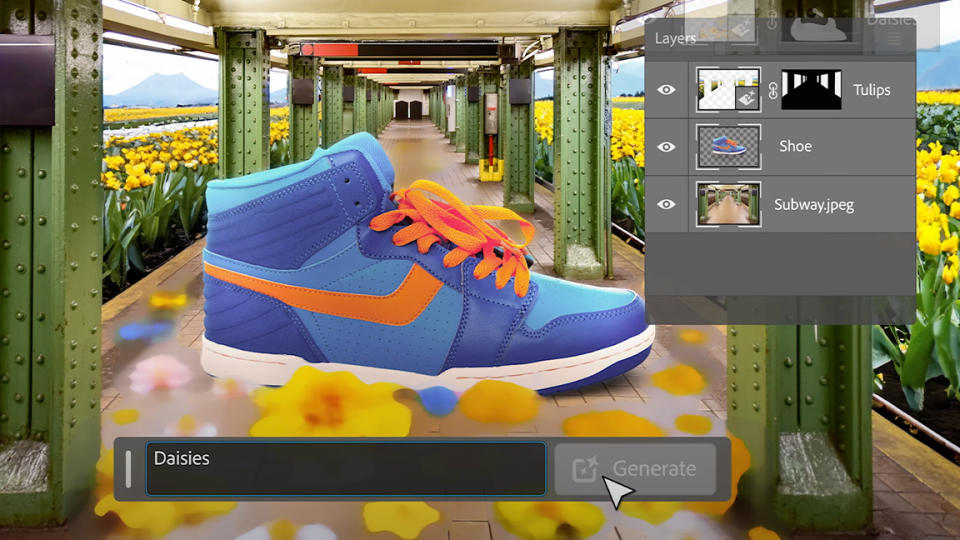
As more AI tools are added to more Adobe software, including an impressive generative fill AI tool for video, the issue of authorship and copyright protection gets louder, and it's getting more complex.
Deuchler offers insights into how Adobe views this issue: "Of course, if you enter a prompt and create an image, that image was created by AI. I don't think any copyright can be claimed on that right." He underscores the distinction between AI-generated content and the intellectual property that results from human interaction with AI tools.
According to Deuchler the key to asserting and maintaining authorship lies in demonstrating the human element in the creative process and being open about how an image or video has been created.
With this in mind Adobe has introduced a "nutrition label" to images, detailing the steps taken in its creation, and which can establish the involvement of human artistry. This way, believes Deuchler, the image becomes a collaborative effort between AI and the artist, ensuring that the intellectual property is recognised and protected. Recently at Adobe Max new watermarks were revealed that appear on all AI-generated images, clearly identifying what is and isn't wholly human-made.
Balancing AI use and human expertise
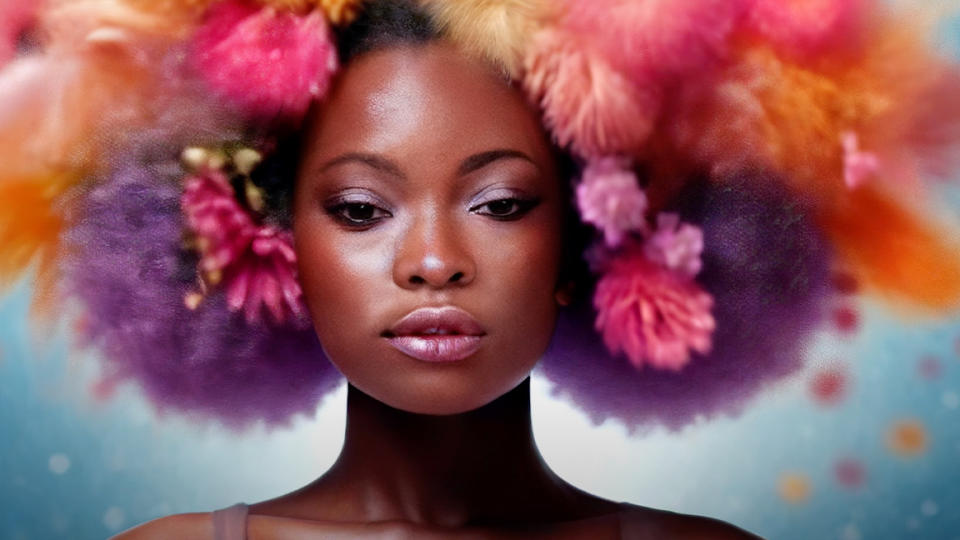
AI undoubtedly accelerates the creative process, but it should not replace the fundamental knowledge and skills that artists possess. Deuchler agrees, and emphasises the importance of human expertise, saying, "Knowledge is the key to any human endeavour." He believes that fundamental skills in areas like lighting, colour theory, and composition remain invaluable.
In an AI-driven world, can we soon see the hashtag 'made by a human' catching on and holding significance? Deuchler predicts, says so, and tells me this kind of tag or label could soon increase in importance, highlighting that it signifies the human touch and the intention behind the creation.
Deuchler acknowledges that AI can accelerate the creation of images, but the human aspect of learning, growing, and creating beauty remains irreplaceable. Adobe's precarious position is balancing the two; offering AI tools artists need but not at the expense of devaluing human creativity. It's a pitch Adobe continues to struggle with, as just recently following Adobe Max, artists are concerned about Adobe Illustrator's new AI features.
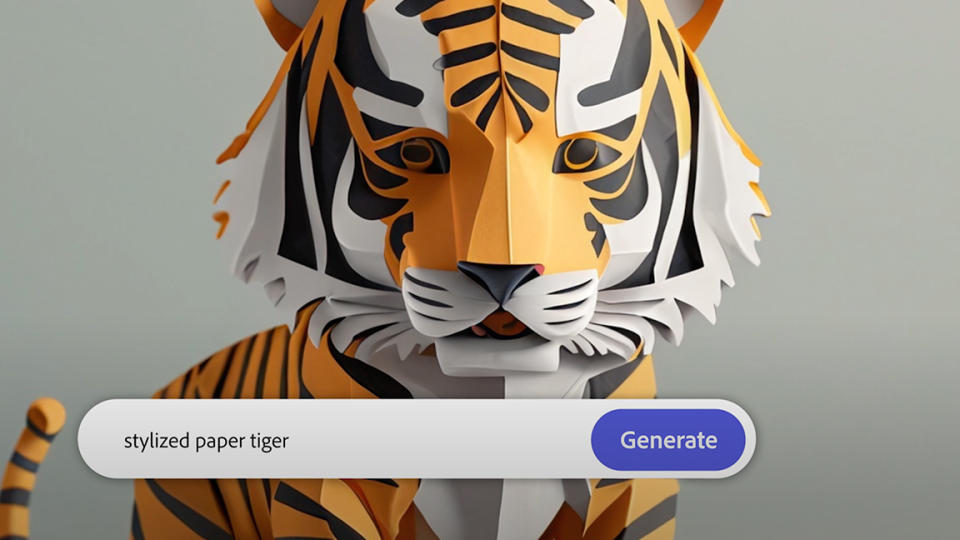
Deuchler believes AI and human creativity can coexist. He encourages artists to use AI as a starting point for their work, allowing them to build upon and personalise generated content. "It should be the starting point, and then you put yourself in it, and then it becomes your image," he states.
Moreover, Deuchler addresses concerns about style and copyright, asserting that artistic style - the how and why an artwork looks the way it looks - should not be subject to copyright claims. He points to ongoing efforts like the Fair Act, which aims to address issues related to AI-generated content and copyright. The goal is to strike a balance between innovation and protecting the rights of artists.
As Adobe continues to pursue AI integration within its creative software, Deuchler argues it remains committed to transparency, copyright protection, and empowering artists. It has to, after all, looking at the issue cynically, Adobe really doesn't want to see its core user-base out of work.
I understand the angst; I understand that change is never easy
The blended family of AI and human creativity promises exciting possibilities for the future of content creation, enabling artists to push the boundaries of their creativity while respecting intellectual property rights. That's ideal, the reality is life with AI could be bumper and chaotic, artists will and are losing work and issues of copyright infringement are rising.
Rufus Deuchler, the optimist, sees the Blue Heaven of it all, saying: "I understand the angst; I understand that change is never easy, but I think there are so many opportunities for creativity and creators to benefit from artificial intelligence."
Adobe's innovative approach to AI ensures that the future of creativity is not just about technology but about the harmonious collaboration between AI and human ingenuity. The question of Adobe's plan for AI art and copyrights work remains in the balance, but AI is not going anywhere, so realistically, it must.

